PC Gamer plays: Mutazione, Dota Underlords, Superliminal, and Abandon Ship
The PCG team gathers to swap stories about our latest adventures in videogames.
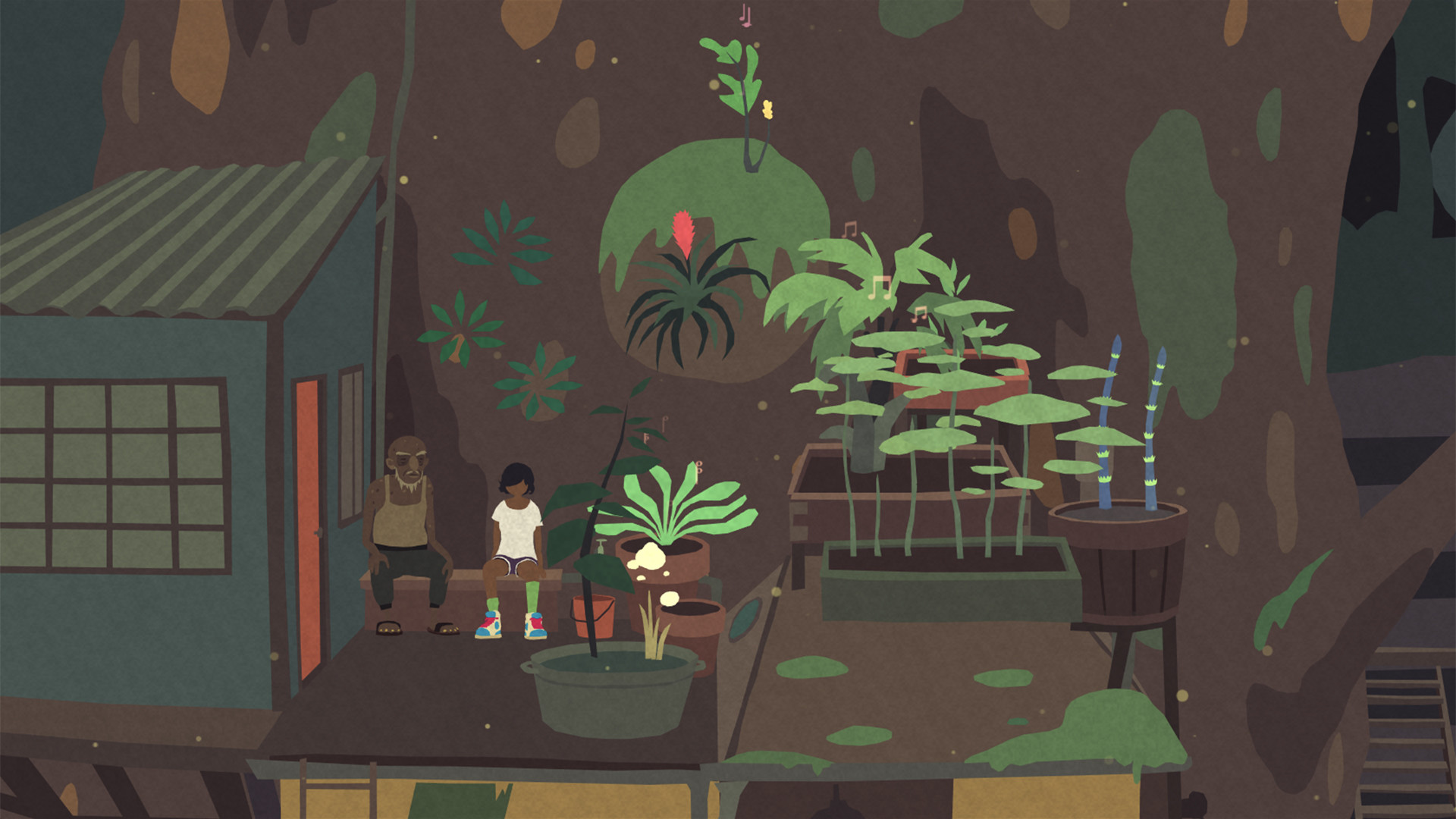
Every month in PC Gamer magazine our writers assemble to recount tales of their latest adventures in gaming. Today we take a tour from Mutazione's small-town charm to the rough waters of Abandon Ship. Enjoy!
Learning patience and kindness in Mutazione—Rachel Watts
When I first played Mutazione, I couldn’t quite gel with the rhythm and vibe it was going for. I’ve played plenty of chill games before, but I’ve never experienced anything as leisurely as this indie adventure. It calls itself "a mutant soap opera where small-town gossip meets the supernatural", so I was ready for drama and tea to be spilled. What I wasn’t prepared for was to end up consoling a grieving cat lady in a melancholic garden I had grown especially for her.
Gardening has been used as a gameplay and storytelling mechanic in many games. You raise plants and crops for money in titles such as Stardew Valley and The Botanist, and in the upcoming Ooblets you even grow new friends. But in Mutazione, it is a purely selfless act. When you plant and nurture a garden, it’s because you want to do it for someone else. The act of gardening is a communal one, and community comes first in this world. After a meteor destroyed a holiday resort, the landscape and its survivors started to grow strange mutations. Joined together by this catastrophic event, a community started to rebuild on top of the ruins in what is now called the Mutazione.
You play as a teenager called Kai who has arrived to care for her sick grandfather, the community shaman. Upon arrival, he gifts her a small drum and asks her to take over his responsibilities as he recovers. Mostly that just means joining the community in looking after one another, and Kai learns that the drum can encourage gardens to flourish. Gardens have numerous narrative meanings within the story—they’re not just a place to plant flowers. They can be a place of healing, a space to relax and forget problems, or a special haven of privacy and peace between two people.
To grow your garden, you collect seeds from the various weird flora and fauna around the Mutazione. When potted, each plant plays its own quiet, unique motif. When added among a group of its own kind, it joins the garden to create a rich musical ensemble. Each plot is catered to a particular character, and even though years have past since the devastating impact, many still harbour pain and regret.
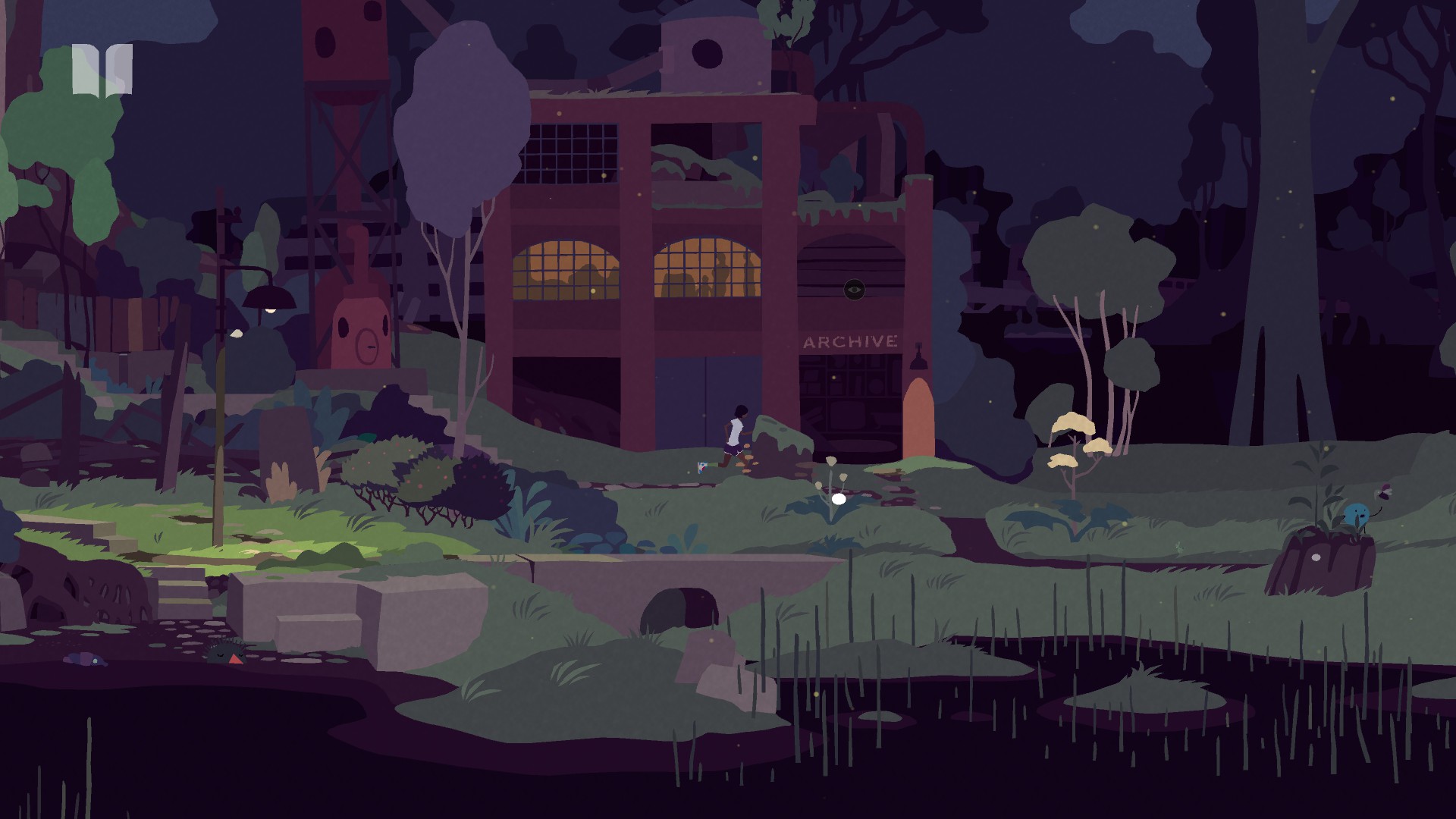
Mutazione reimagines a post-apocalypse full of life. With gardening, one quality is of the utmost importance—patience. Waiting for something to grow and bloom is a slow and deliberate process. To want immediate gratification is missing the point—that’s the message this game is trying to convey with its slow rhythms and gentle atmosphere.
Mutazione isn’t constantly trying to grab my attention; it’s more interested in slower moments that are truly invested with meaning. The want for a quick reward comes from a place of consumption instead of care. Gardening improves both the garden, the gardener, and, Mutazione posits, their community.
The biggest gaming news, reviews and hardware deals
Keep up to date with the most important stories and the best deals, as picked by the PC Gamer team.
Getting to grips with Dota Underlords—Robin Valentine
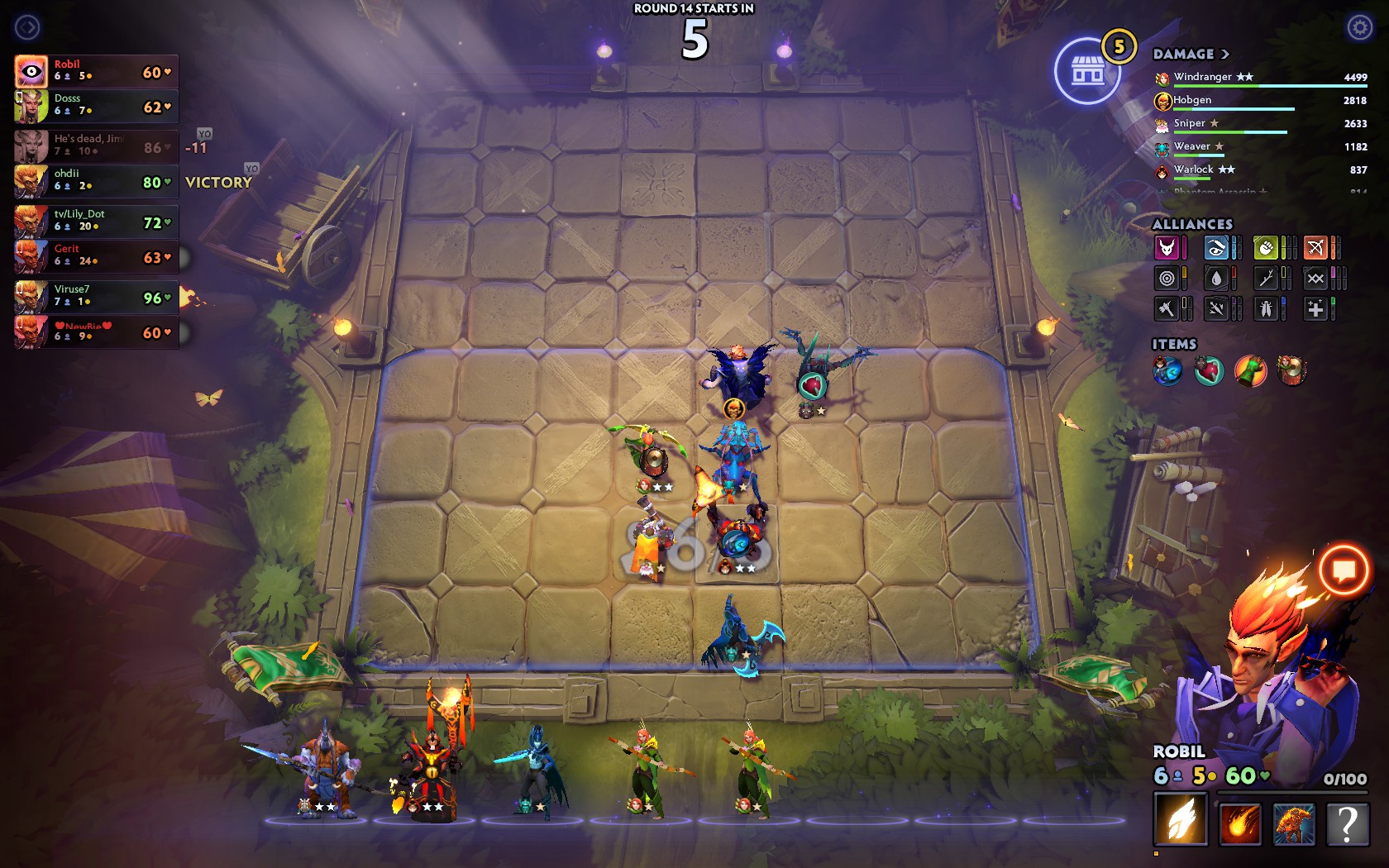
Last issue, I took an illuminating but disappointing foray into Hearthstone’s auto-battler-inspired Battlegrounds mode. This month I thought I’d see if I could use my newly acquired knowledge to finally get to grip with the genre’s beefier frontrunners.
I’m a lapsed League Of Legends obsessive, so I figured its spin-off Teamfight Tactics would be the auto-battler for me, but if anything my prior experience is a hindrance. Weirdly, Riot has decided to remix its roster for TFT, using alt versions of characters with new allegiances.
So, merrily building myself an icy ‘Glacial’ team, I spot Ashe. If there’s one thing I still know about LoL it’s that Ashe is the Frost Archer—her defining trait is her freezing arrows. A perfect fit with the rest of my crew!
Except, bafflingly, here Ashe is a ‘Crystal’ character, with no synergy at all with my team. I should have gone for now-inexplicably chilly variants of archaeologist Ezrael and werewolf Warwick. Honestly the genre’s confusing enough without pulling switcheroos on me.
Suddenly spiteful, I close TFT and head over to its most direct competitor: Dota Underlords. Despite being clueless about Dota 2’s many champions (aside from twinges of recognition of the Warcraft III models that inspired them), something about Underlords is clearer to me, with a clean interface and more intuitive mechanics. Valve always has been good at polish.
It takes some getting to grips with, but my experience with Hearthstone Battlegrounds proves helpful. Without realising it, I’ve already burned the core rhythms and logic of the genre into my brain—learning Underlords is just a case of filling in the details around them.
I’m hooked. Auto-battlers create a multiplayer experience like no other. I’m battling seven players, but never really lifting a finger against them—combat is automated, with all the competition existing in the planning stage. The strategy is fast and tense, as I make countless decisions against the clock. But my detachment from the action makes it oddly relaxed.
Underlords is a game of gentle satisfactions and disappointments, not adrenaline and frustration. As my gaming reflexes grow increasingly rusty, I’m grateful to have found my path into a genre that revels in a kind of pleasing passivity.
Reality is what you make it in Superliminal—James Davenport
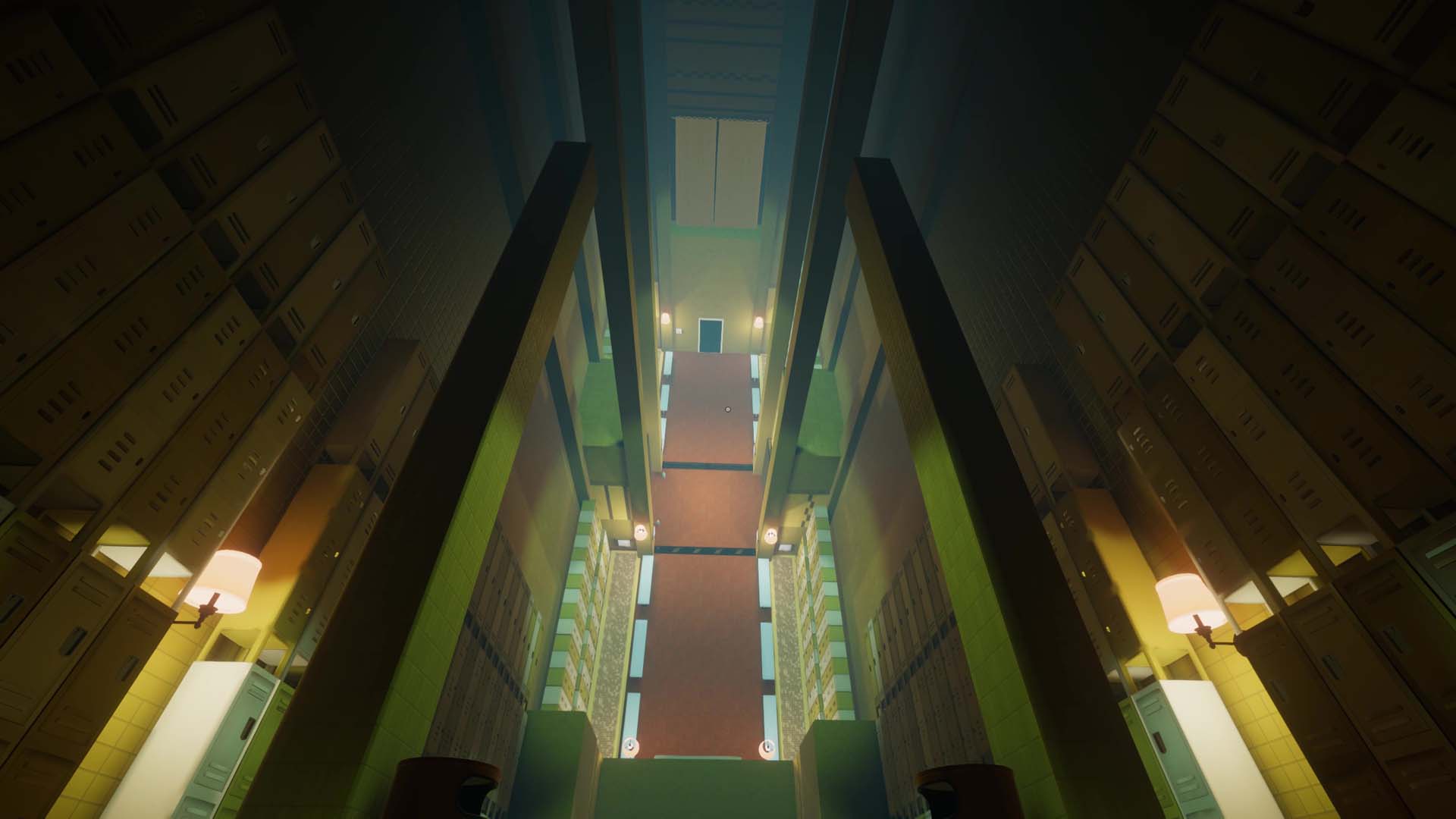
I’ve duplicated the same apple no less than 400 times. There’s intent here. I can’t carry the apple onto the switch at the top of the ramp I’m standing on. So the goal, from what I can tell, is to duplicate the apple—it’s an apple the size of a baby elephant, mind you—until the fan blowing the apples off the ramp and into the next room can’t anymore. Because there are too many apples in the way.
Once the next room is crammed with fruit, I move my left hand from the keyboard to steady the mouse for some violent, rapid-fire clicking. See, if I click on the apple fast enough, it will duplicate itself up the ramp towards me, growing slightly smaller all the while, until a tiny apple (it maintains the baby elephant weight) arrives on the switch and opens the door at the back of the room allowing me passage into the next tricky mind- punch puzzle box.
Things were simpler back when all I had to do was build a massive staircase out of a few tiny toy blocks. Superliminal’s opening bits are confusing enough, navigation puzzles that use perspective as a tool for altering reality. If I pick up a toy block from the floor and it appears tiny on the screen, it will stay tiny. But if I get right up next to it, so close that it fills the screen, and then pick it up, it will become as big as it appears: a massive block, perfect for building an impromptu exit. To shrink the thing down, I drop it at the far end of the room so it appears tiny before picking it up. Bloop. It’s little again. Just like my brain.
Sure, the narrative framework is extremely Portal-but-dreams-not- exactly-test-chambers (there’s even a sardonic robot narrator that outlines the rules of the layered dream worlds), but it barely matters. This is a place where sense is besides the point, and Superliminal always keeps it just out of reach at all times. I wake up in the same bed, things slightly altered every time, the hope that this reality is reality-reality while knowing full well that I’ll get dumped into a new room of block and chess pieces with their own specific rules for matter and gravity that won’t meet me halfway. It’s OK. I like it when videogames hurt me.
Everything is suspect in Superliminal. Its realities are, often literally, what you make them. It’s not even a game strictly about puzzles, but walking from room to room. The challenge is in discovering the rules of spacetime in a liminal dream state. One reality pops physical objects into existence from perfectly angled shadows. Another applies the perspective-changing trick to a doorway, so if you enter, make the door smaller, and then find a way to circle back around and enter the door again, you, too, will become little. Darkness can be an exit and walls aren’t always walls (never trust a solid colour). Learning to distrust yourself is the first step towards success.
Everyone gets a second chance at death in Abandon Ship—Matt Elliot
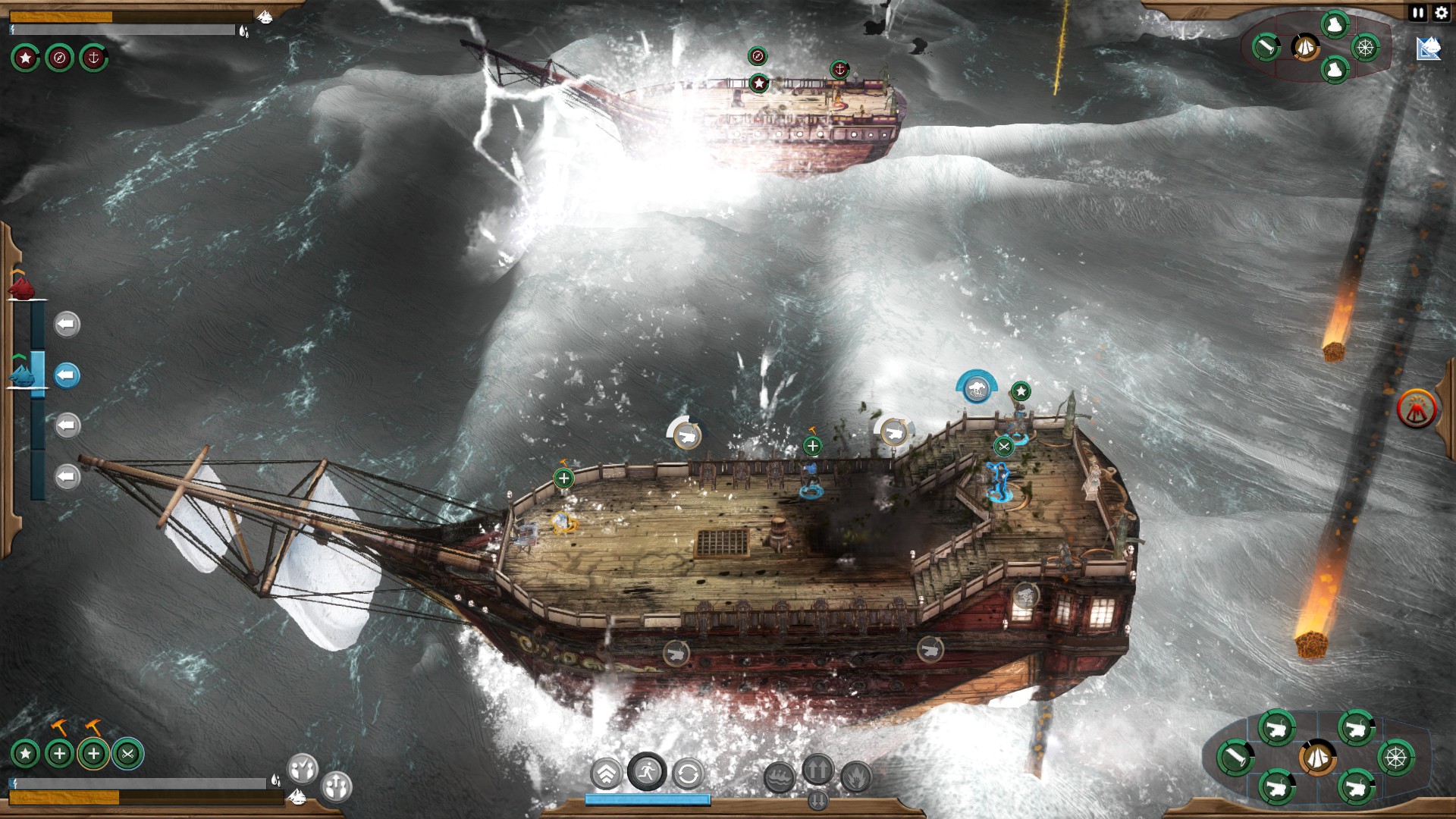
love Planky. Not only has she saved my life after my previous ship sunk; she’s flotsammed (or maybe jetsammed) me to a friendly port. Because even when things go wrong in Lovecraftian Age-of-Sail- meets-FTL game Abandon Ship, there’s always a chance the sea will carry you to more lucrative shores.
Unfortunately, there was no room on Planky for the rest of my crew, whose reluctant souls were condemned to the briny deep. And with my ship went most of my gold, which makes hiring a new crew challenging.
It turns out, however, that arsonists, murderers and ne’er do wells come at bargain prices, and my first hire is a disgraced surgeon who’s afraid of the dark—a steal at 15 gold, even if his criminal status prevents him from gaining experience.
Welcome aboard, Booker! You remember your hippocratic oath and I’ll remember candles. We sail past a drowning sailor, pull them from the sea... it’s another surgeon. The deck looks like an episode of ER with rigging. My vessel ends up populated by people I’ve liberated from prison or the ocean, and mercifully, only two of them are doctors. It means morale is great, if only because the alternative to life aboard is drowning or incarceration. I decide to rename my ship: the Horrible Clam becomes the Second Chance.
The central story of Abandon Ship has you escaping from a mysterious cult that worships a subaqueous elder god, but I’ve diverted from that path—not least because my last ship sunk while I was trying to destroy one of their forts. Instead, I make it my business to sail around looking for gainful, semi-legal employment. I purchase a diving bell for investigating wrecks. I clear pirates from trade routes. I even sail the Second Chance into a stormy sea filled with ghost ships.
Having two surgeons is proving useful. I can patch up my marines mid-fight, which is hilarious to visualise, but handy when we’re fighting Haliphron, man-sized aquatic monsters the Cult uses as assault troops. Their ragtag origin stories mean each of my crew feels like they have a history and character, which I love. I’m growing rather attached to a pretend crew in a game with permadeath, but not so attached to prevent me going into battle with a ship beside an active volcano.
Before long, the Second Chance is being showered with molten rock. The only good news is that the enemy ship is, too. A bell sounds warning me that hull integrity is falling, and I ready a hovering finger over the lifeboat button. But all is not lost: one of my discarded marines is an expert at special repairs—that’s not why I rescued you, Weller—and his unique skills save the Second Chance. Not today, Planky. But probably tomorrow.
Rachel had been bouncing around different gaming websites as a freelancer and staff writer for three years before settling at PC Gamer back in 2019. She mainly writes reviews, previews, and features, but on rare occasions will switch it up with news and guides. When she's not taking hundreds of screenshots of the latest indie darling, you can find her nurturing her parsnip empire in Stardew Valley and planning an axolotl uprising in Minecraft. She loves 'stop and smell the roses' games—her proudest gaming moment being the one time she kept her virtual potted plants alive for over a year.


